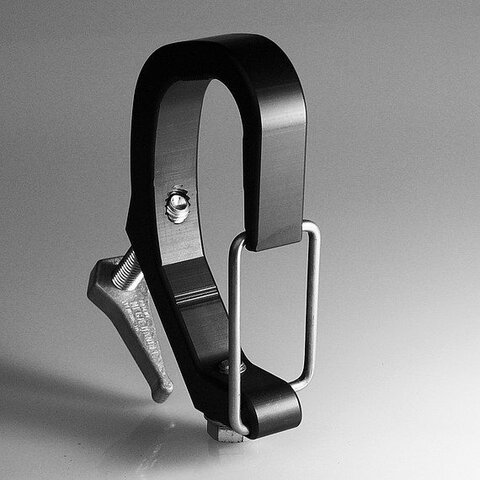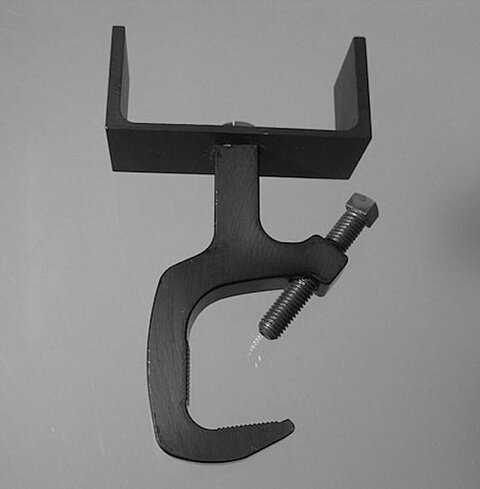bishopthomas
Well-Known Member
ugh I hate megaclamps.... just go for the original kind and don't over tighten them....
What could you possibly not like about the Mega Clamp? Seems to do the job for me
ugh I hate megaclamps.... just go for the original kind and don't over tighten them....
What could you possibly not like about the Mega Clamp? Seems to do the job for me
From my understanding its a spring mechanism that controls pan - just push down and twist? Did i misunderstand? Or does the mechanism lock up?

It's not really a "push-and-twist" operation, per se. This type of clamp gets tightened to the yoke most like any cast iron c-clamp, and unless over-tightened, the conical shape of the washer allows the fixture to be panned both ways without loosening the yoke bolt due to the spring-like nature of the washer.
What could you possibly not like about the Mega Clamp? Seems to do the job for me
Generally accepted and actually safe are two different things. Don't get me wrong, I used those clamps for years, and even still sell fixtures with them on it. But when it is my responsibility and insurance on the line, I want something that has a real weight rating. Call me paranoid about rigging, if you like.
I have a number of clamps that say "KLIEGL". Are those okay? Must I only use them with Kliegl Bros. fixtures?...I wouldn't use c-clamps that don't have the manufacturer's name stamped in them. ...
To ship:
Yes, I (meaning myself) have heard of truss protectors, but we're in a school setting that doesn't have an official facility manager. I am 99.9% sure that if there is a C clamp on a fixture and the fixture needed to be moved from batten to truss and I wasn't around to do it. That C clamp would be on the truss without a protector.
I only direct a few shows in our space, and almost none of the other directors has any technical knowledge. Sometimes you need a belt and suspenders, and sometimes you have to prevent problems even if it is more expensive.
Phil
Easily and with a passion.What could you possibly not like about the Mega Clamp? Seems to do the job for me


Actually I was thinking of the Mega Claw not Mega Clamp. Mega Claws are nice but a pain in the butt. Mega Clamps I don't really like, too big for no apparent reason.
We use essential cookies to make this site work, and optional cookies to enhance your experience.

